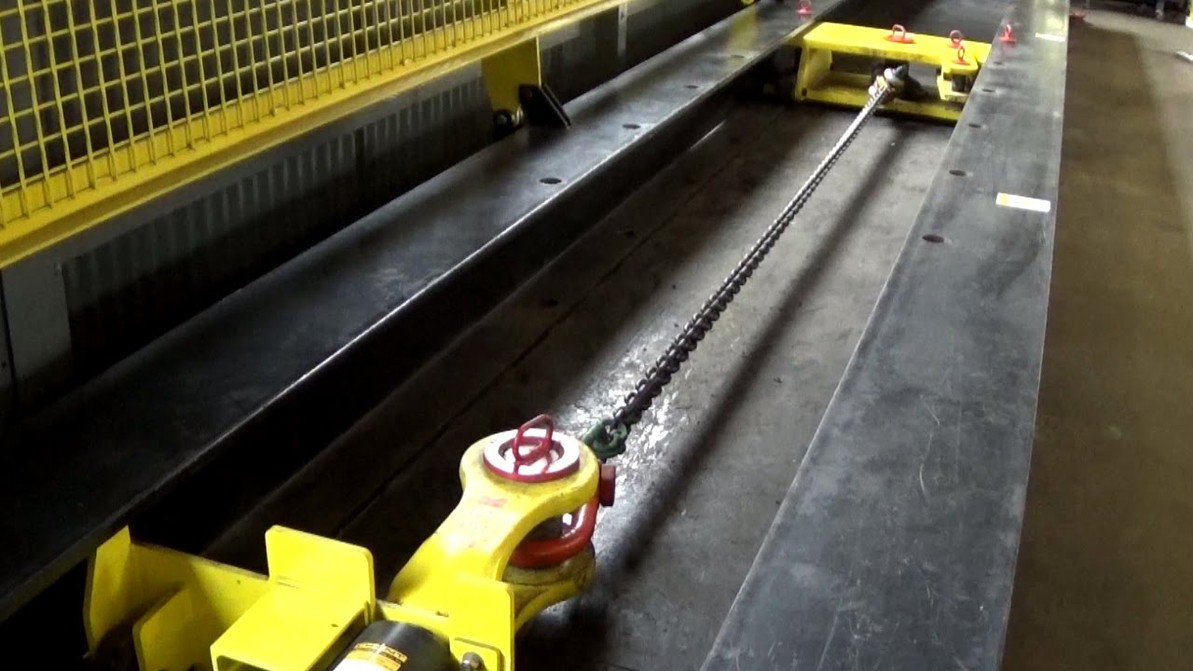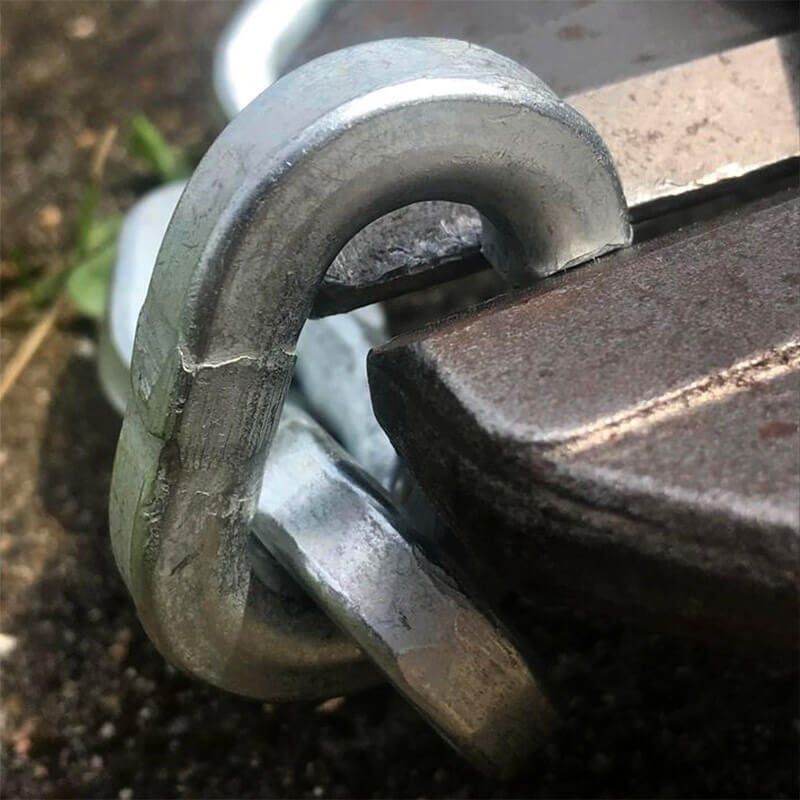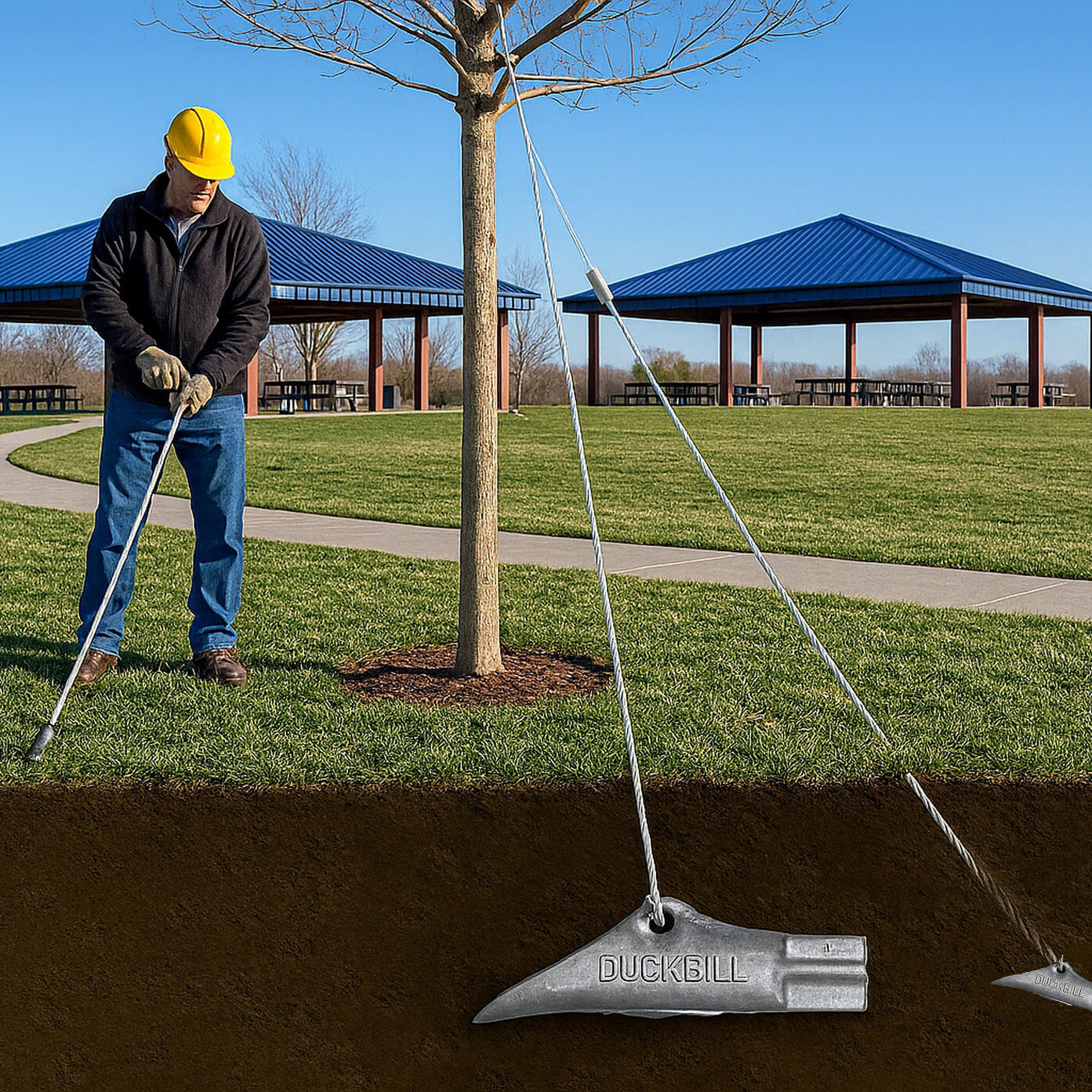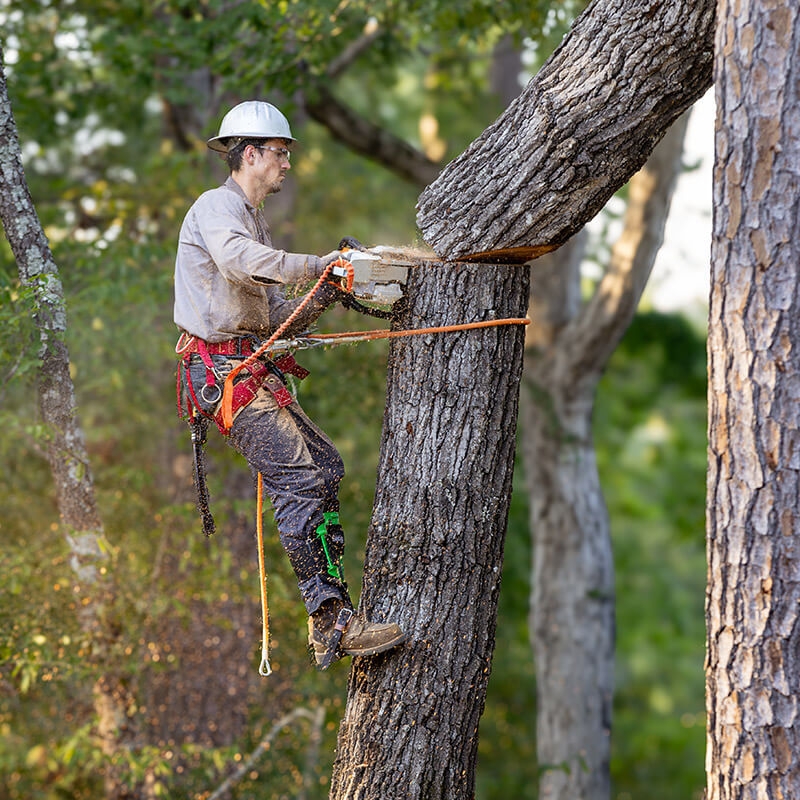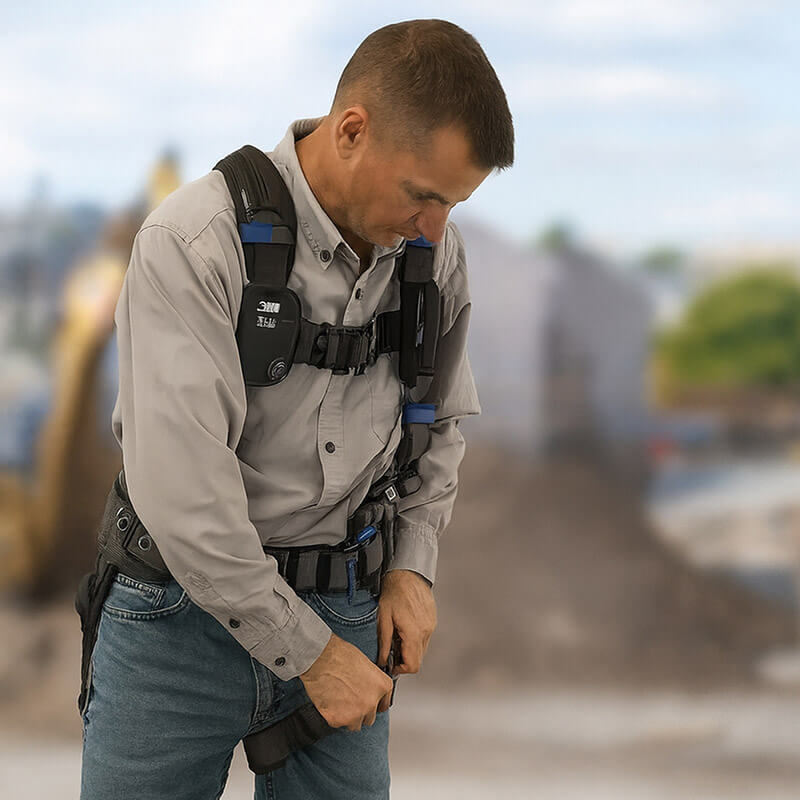Ensuring Safety in Lifting: The Importance of Proof-Testing Rigging Slings
In the world of heavy lifting and rigging, safety is paramount. Whether you're involved in construction, manufacturing, or any industry that relies on lifting and hoisting operations, the integrity of rigging equipment cannot be compromised. One crucial aspect of ensuring safety aloft is the process of proof-testing rigging slings. In this blog post, we'll delve into what proof testing is, why it matters, and what the process entails.
What is Proof Testing?
Proof testing is a systematic and controlled process that involves subjecting rigging components to loads that exceed their expected working limits. In the case of rigging slings, this means applying a force greater than their maximum anticipated working load. The purpose of this rigorous testing is to validate the strength, durability, and overall integrity of the rigging equipment.
The Importance of Proof Testing Rigging Slings:
- Ensuring Reliability: Rigging slings are crucial components in lifting operations, responsible for supporting heavy loads. Proof testing helps ensure that these slings can reliably handle loads that approach or even exceed their rated capacities in real-world scenarios.
- Identifying Weaknesses: The testing process allows for the identification of any weaknesses or defects in the rigging slings. It helps detect potential issues such as material fatigue, manufacturing defects, or wear and tear that may compromise the sling's strength.
- Compliance with Safety Standards: Many industries have strict safety regulations and standards in place. Proof testing is a proactive measure to ensure compliance with these standards and regulations, providing a documented and verifiable assurance of the rigging equipment's safety.
The Process of Proof-Testing Rigging Slings:
- Preparation: Before the proof test, it is essential to inspect the rigging slings thoroughly. Any signs of damage, wear, or other issues should be addressed before testing begins. Ensure that the testing apparatus is set up correctly, and all safety precautions are in place.
- Loading: The rigging slings are carefully attached to the testing equipment, and a load greater than their maximum working load is applied gradually. The load is increased in a controlled manner, allowing for the observation of the slings' behavior under stress.
- Monitoring: Throughout the test, the slings are closely monitored for any signs of deformation, stretching, or other indications of stress. This monitoring ensures that the slings perform as expected and do not exhibit any unexpected behavior.
- Evaluation: After reaching the maximum test load, the slings are carefully examined for any permanent deformations or damage. If the slings pass the test without any issues, they are considered to meet the required safety standards.
Proof-testing rigging slings is a critical step in ensuring the safety and reliability of lifting operations. By subjecting these essential components to controlled stress, we not only verify their strength but also gain confidence in their ability to handle the demands of real-world applications. Rigorous proof testing is a proactive measure that underlines the commitment to safety in industries where lifting and hoisting are an integral part of daily operations. Always ensure that proof testing is conducted by qualified personnel following established safety guidelines and procedures, because when it comes to safety aloft, there is no room for compromise.
Are you in need of proof-testing services? Bishop Lifting is ready to partner with you! With nearly 50 locations across the United States, and one of the largest proof-test beds in the world (located in Houston), we are uniquely equipped and trained to provide world-class inspection and proof-testing services. Click here to learn more.
What Is the Strongest Security Chain?
Oct 7th 2025
Are Pewag Chains Good?
Oct 3rd 2025
What Are DuckBill Anchors Used For?
Sep 26th 2025
What is a Tree Climbing Harness Called?
Sep 22nd 2025
How Long Are DBI-SALA Harnesses Good For?
Sep 16th 2025
Bishop Lifting Expands to the Midwest with Acquisition of American Rigger’s Supply
Sep 5th 2025
What Are Synthetic Slings?
Sep 4th 2025
What Are the Four Components of a Fall Protection System?
Aug 29th 2025
Maxirider the New Standard in Personnel Lifting
Aug 28th 2025

